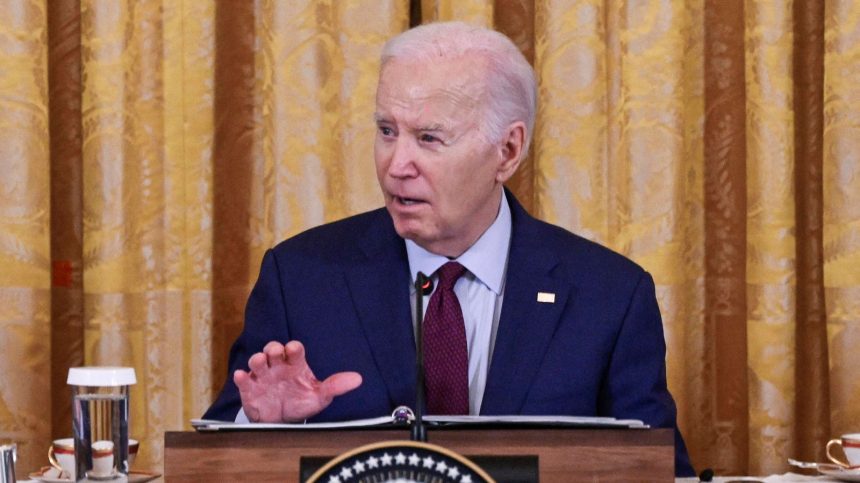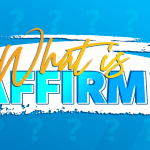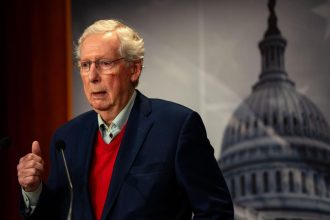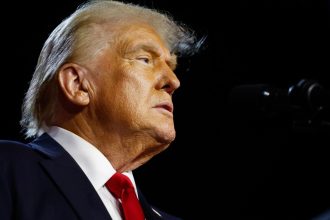The Biden administration on Friday announced a new round of student loan forgiveness for nearly 300,000 borrowers. Much of this new relief is part of an accelerated student loan forgiveness rule associated with the new SAVE plan.
“Today’s announcement shows —once again—that the Biden-Harris Administration is not letting up its efforts to give hardworking Americans some breathing room,” said Secretary of Education Miguel Cardona in a statement.
The student loan forgiveness announcement follows a prior batch of accelerated discharge approvals under SAVE in February, and is separate from Biden’s unveiling of a new mass loan forgiveness plan earlier this week. Here’s what borrowers need to know.
206,800 Borrowers Get Early Student Loan Forgiveness Under SAVE
President Biden enacted the new SAVE plan last fall as the Covid-19 pause on student loan payments came to an end. SAVE is designed to be the most affordable of several income-driven repayment plans, which tie a borrower’s monthly payment to their income and family size. All IDR plans, including SAVE, allow borrowers to get any remaining balance forgiven after 20 or 25 years in repayment.
A unique feature of SAVE is so-called “early” student loan forgiveness, which can allow borrowers to qualify for a discharge in under 20 years. This benefit is geared toward borrowers who attended community colleges and other two-year programs and took relatively small amounts of student debt, but may have had difficulty paying it back.
Under SAVE’s accelerated student loan forgiveness rule, borrowers who originally took out $12,000 or less in federal student loans could get forgiveness after only 10 years in repayment. Prior repayment periods can count toward the loan forgiveness term, even though SAVE only became available last fall. That 10-year forgiveness timeline increases by one year for every additional $1,000 originally borrowed above the initial $12,000 mark.
In February, the Biden administration announced its first batch of early student loan forgiveness approvals under SAVE. On Friday, the Education Department announced a second batch of approvals. According to the department, this brings the total amount of early student loan forgiveness under SAVE to $3.6 billion, benefiting more than 206,000 borrowers.
Early student loan forgiveness is being implemented on a rolling monthly basis as borrowers enroll in SAVE and reach their discharge milestones. So far, nearly 8 million people have signed up or switched to SAVE, according to the department.
Legal Challenges May Threaten Early Student Loan Forgiveness Under SAVE
While the student loan forgiveness approvals are good news for borrowers, the SAVE plan faces new legal threats. Two separate Republican-led coalitions of 18 states have filed two legal challenges against the Biden administration, seeking to block the SAVE plan and its benefits. The states argue that SAVE operates as a backdoor student debt cancellation program, not authorized by Congress.
The Biden administration has not yet formally responded to the lawsuit. However, the Education Department established the SAVE plan under longstanding legal authority that allows the Education Department to draft regulations creating the parameters for income-driven repayment plans. The same authority underlies three other IDR plans including Income-Contingent Repayment (ICR) — which has been in existence since 1994 — as well as Pay As You Earn and the Revised Pay As You Earn plan, which SAVE replaced.
Biden Moves Ahead With New Mass Student Loan Forgiveness Plan That Could Have Wider Impacts
Meanwhile, earlier this week the Biden administration announced that a new student loan forgiveness plan is in the works. This plan will target several categories of borrowers for relief. And while it is a more-focused plan than Biden’s initial mass debt cancellation initiative, it is still expected to benefit up to 30 million borrowers.
The new loan forgiveness plan must go through several additional procedural steps before it can go live, but the program could be available to borrowers by the fall. Some borrowers may be able to receive student loan forgiveness automatically under the program, while others may need to submit an application. Observers widely expect the new program to be challenged in court, as well.
Read the full article here














